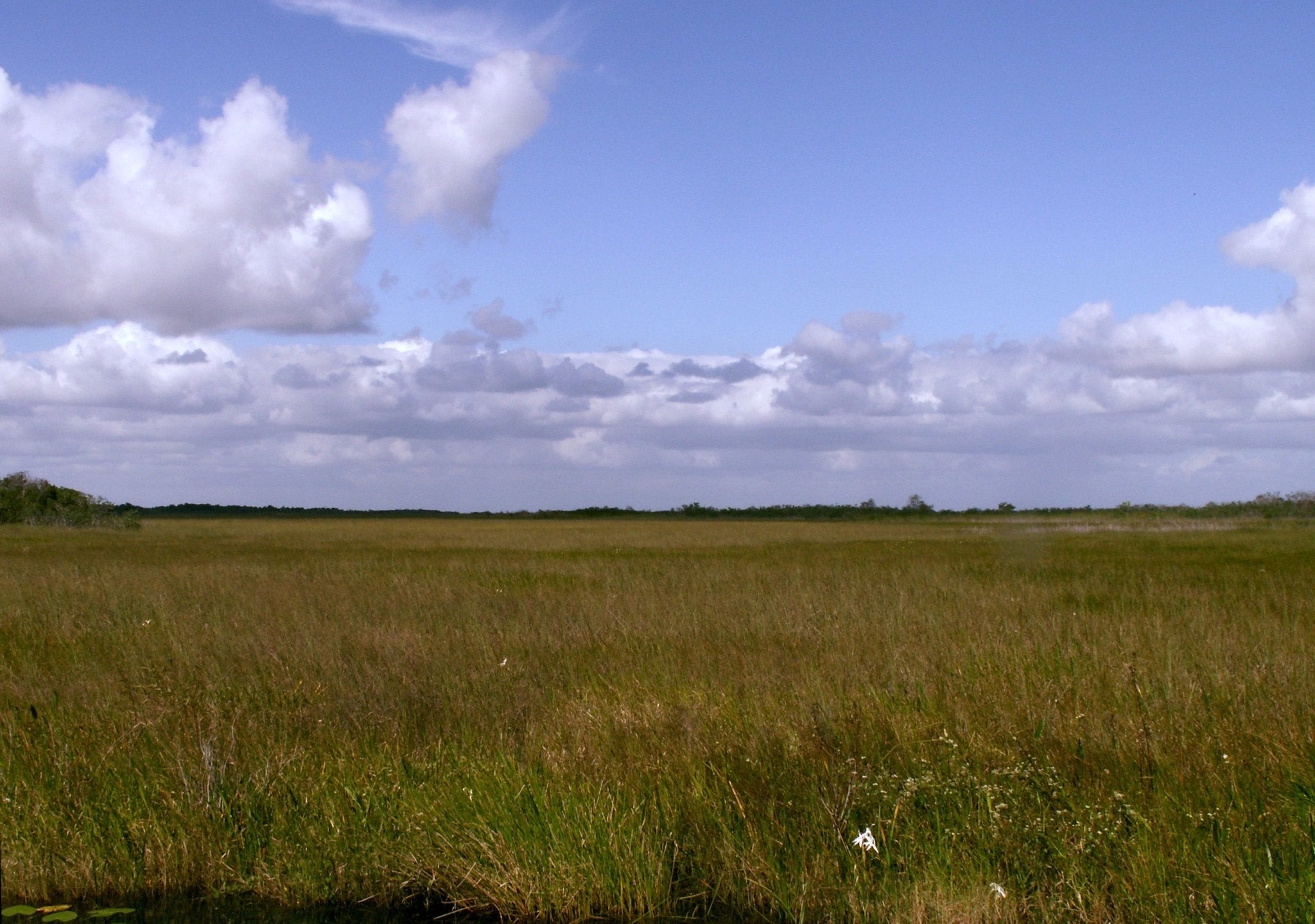The Everglades, often described as a "River of Grass," are a unique and fascinating natural wonder. Imagine a vast, shallow, slow-moving river, stretching over a wide expanse of southern Florida. This is the Everglades, a subtropical wetland ecosystem that's unlike any other on Earth.
How the Everglades Formed:
The story of the Everglades is a tale of water, limestone, and time. Around 130,000 years ago, during the last significant interglacial period, sea levels rose, flooding the limestone bedrock of Florida. This limestone, primarily composed of calcium carbonate from the remains of marine organisms, forms the foundation of the Everglades.
Over thousands of years, acidic rain and groundwater began to dissolve this limestone, creating a karst landscape characterized by porous rock, solution holes, and a lack of surface water flow. The unique geology of the Everglades, primarily consisting of limestone, has been shaped by ongoing processes of weathering, erosion, and the rise and fall of sea levels.
The Everglades we see today are the result of a delicate balance between this limestone foundation and the hydrology of the region. The area was once a vast, nearly flat seabed, submerged at the end of the last Ice Age. Its transformation into the Everglades was driven by the deposition of organic sediments, unique hydrologic conditions, and the slow, steady flow of freshwater from Lake Okeechobee down to Florida Bay.
Ecological Importance:
The ecological significance of the Everglades is immense. This vast wetland is a sanctuary for a diverse array of wildlife, including numerous species of birds, fish, mammals, and reptiles. It's a critical habitat for endangered species like the American crocodile and the Florida panther.
The Everglades play a crucial role in water purification. As water slowly flows through the marshes, sediments and pollutants are filtered out, improving the quality of the water that eventually reaches Florida Bay and the Gulf of Mexico. This natural filtration system is vital for maintaining the health of the surrounding marine ecosystems.
Additionally, the Everglades are an important carbon sink. The peat soils, formed from the accumulation of plant material in anaerobic conditions, store large amounts of carbon, helping to mitigate climate change.
The region also supports human life. It's a source of fresh water for millions of people in South Florida. The Everglades recharge the Biscayne Aquifer, a primary source of drinking water for the region.
However, human activities have significantly altered this delicate ecosystem. Development, agriculture, and water management practices have changed the natural flow of water, impacting the health and biodiversity of the Everglades. Efforts are ongoing to restore and preserve this unique and vital ecosystem.
In summary, the Everglades are not just a swamp or a marsh, but a complex, dynamic system that has evolved over thousands of years. Its formation is a story of geological and hydrological changes, and its existence is crucial for both the environment and human life in Florida.



Share:
The Invention of Eclipse Glasses
Eclipse Glasses: A Comprehensive Guide to Their Uses and Importance